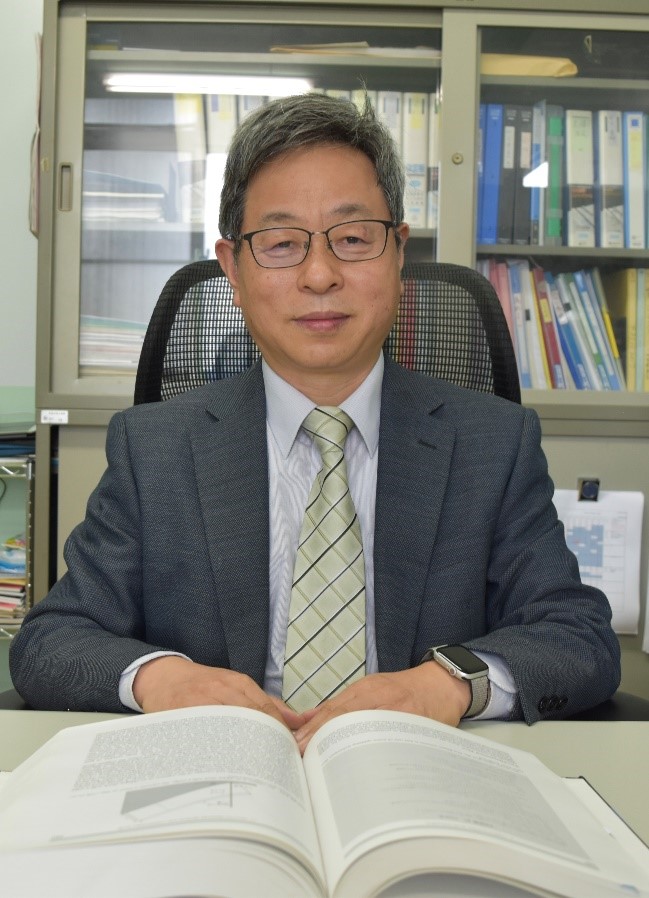
Prof. Guoyi Peng
Professor of Mechanical Engineering,
Nihon University, Japan
Biography:
Prof. Guoyi Peng is full professor in fluid engineering at the Department of Mechanical Engineering, College of Engineering, Nihon University, Japan. He finished his doctoral-course study and received doctorate degree from Tsinghua University, Beijing, China in 1996. Before joining Nihon University in 2008, he worked as postdoctoral researcher and assistant professor in Toyama Prefectural University from 1997, and associate professor in Gansu University of Technology from 1996. Prof. Peng is the vice present of the Water Jet Technology Society of Japan. He is also the member of the executive board of the
Keynote address: Property of Cavitation Cloud Shedding in an Orifice Nozzle
Cavitation is an important phenomenon often observed in hydraulic devices such as hydrofoils, valves and jet nozzles. However, the structure and the unsteady behaviour of cavitation flows are still not understood satisfactorily. Due to the strong coherent interactions between the cavitation dynamics and the flow compressibility, experimental and numerical visualization of intensively cavitating flows remain challenging. Concerning the unsteady cavitation phenomenon occurring in an orifice nozzle under submerged condition, the property of cavitation cloud shedding is investigated in this work by combined utilization of flow visualization methods. The pattern of cavity releasing is evaluated by analysing a sequence images of high-speed camera, and the velocity distribution is evaluated by LIF-PIV under the same working condition. The mechanism of cavity formation and release is further examined by comparing the results of flow visualization and numerical simulation. The results reveal that one pair of ring-like clouds consisting of a leading cloud and a subsequent cloud are successively shed downstream, and this process is periodically repeated. The leading cloud is principally split by shear flow, and the subsequent cloud is detached by the re-entrant jet generated while a fully extended cavity breaks up.